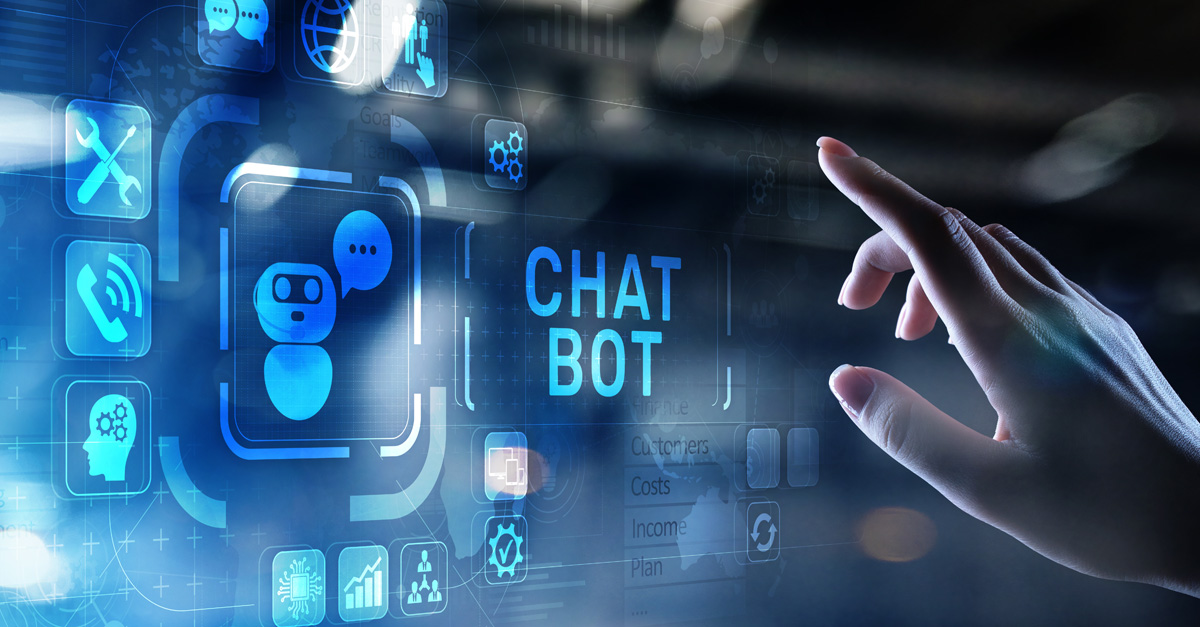As we move on from thinking about User Experience (UX) simply in terms of a flat User Interface (UI) and towards voice and conversation considerations, Mauricio Perez takes us through his design process in relation to creating a chatbot that users don’t hate.
Understanding your users and client implications
Every UX project starts with questions: What do we know about your customers? What are their needs, experiences and behaviours? What do we need to know about your users to ensure your services are going to be successful?


What new considerations are there for chat?
When creating a chatbot, understanding how consumers currently feel about chatbots is a good starting point. Some stats:
- 21% of consumers see chatbots as the easiest way to contact a business. (ubisend, 2017)
- 27% of consumers predict they would buy a basic item through a chatbot. (Drift, 2018)
- 40% of consumers do not care whether a chatbot or a real human helps them, as long as they are getting the help they need. (HubSpot, 2017)
- 15% of consumers have communicated with a business via a chatbot in the last 12 months. (Drift, 2018)
- 48% of consumers prefer a chatbot that solves issues over a chatbot that has personality. (Business Insider, 2017)*
So now that we know some of your prospective customers might like to use a chatbot for their needs 24 hours a day, 7 days a week. We combine this with the afore-mentioned UX research and also shed some valuable light on the types of people who would likely be first adopters. User research methods will map out a typical day-in-the-life of your primary users and why they might engage with an AI (Artificial Intelligence).
What about customer contexts re. chat?
We’re used to considering location, emotion and activity in UX teams, but does this change for chat? New questions might be:
- Does the consumer find it easier to access info on the run with a chatbot?
- Rather than navigating a website?
- Is the consumer part of the texting generation or are they more likely to search for a phone number to call?
- Are they more or less open to interacting with a chatbot when stressed or time poor?
Identifying the problem
On any project: Internal research leads to internal insights and external research leads to external insights.
New considerations might be: Can a chatbot improve the customer experience for our existing user base? Or at least provide a level of continuity?
These considerations combined allow the most important problems to be identified.
Defining the scope
Chatbot persona: Currently, functionality is the primary concern for chatbots. If people can’t use them to access the information or services they need, a personality is redundant. But creating a persona that is on brand and as engaging as possible is still necessary.


Designing conversations – AKA the hard bit
So usually with manual automation, we start with a key as we start to map the architecture.
It’s a good idea to choose a tool that facilitates real-time collaboration.


There are two main types of chatbot conversations. The first is task-led, where the aim is to accomplish certain goals while going through the conversational funnel. The second will be a topic-led conversation; this type is different because it’s more about entertainment. Choose your technology wisely as some will restrict your flexibility when things go wrong.


It’s time to get to work
Architecting task-led conversations involves a time-consuming exercise, manually mapping all possible utterances in the conversation and defining which buckets they fall into in order to funnel to the end point of servicing the user’s needs. While topic led conversations require some definition of the topics within a dataset. Eventually, attributes can be explored by the user in conversation with no end point.
Measuring success


Quantitative Analytics indicators:
- Demographics / Gender / Locations / Times of day / Devices
- Needs / Intent capture / Top utterances
- Error fallbacks
- Funnels mapping task completion / abandonment
- Session times
- Retention of new vs returning users
- Qualitative Analytics indicators or the why of quantitative
- Transcript trawling (you poor soul)
- Text-based user ratings
- Sentiment capture
- Live observation
- Usability testing
- Usability testing
People, context and technology will always end up surprising you in conversations. I would recommend at least 3x rounds with 10 people each time to get an idea of how people will interact with your chatbot and how your bot will handle it when things go wrong.
What’s next?
When we think about conversation design in our chats, all the rules we put in place might one day be used in a wonderful voice application in cars fridges etc… which is exciting!
Until we have to decide how to deal with all those User Interface elements we put in there to begin with… #facepalm. And the cycle continues.


*https://blog.ubisend.com/optimise-chatbots/chatbot-statistics

